Orthodontics is devoted to creating beautiful smiles and improving overall health by bringing teeth, lips and jaw into proper alignment. By straightening teeth that are crooked or overlapping, correcting gaps, and realigning the jaw, orthodontic treatment enhances patients’ smiles and reduces the risk of a range of health problems.
Orthodontics is often associated with teenagers wearing braces, but patients of all ages can benefit from treatment. The American Dental Association recommends that children have their first orthodontic assessment by age seven, and 30% of today’s orthodontic patients are adults.
Advancements in modern orthodontics allow us to offer more options than ever for effective treatment with minimum discomfort and a discreet appearance. From traditional braces to removable appliances, there are options for every patient.
Impacted Canines
Humans have four canines, also called “eye teeth” – two on the upper jaw and two on the lower jaw. After wisdom teeth, canines are the second most-likely teeth to become impacted – not properly emerged through the gums, instead growing in slanted, sideways, or blocked within the jaw.
Canines are prone to becoming impacted because they are among the last teeth to erupt. They may become impacted if there is overcrowding by earlier teeth. Some people have extra teeth, and these teeth may directly block the canines and cause them to become impacted, or contribute to overcrowding.
Impacted canine teeth must be approached differently than impacted wisdom teeth. Impacted wisdom teeth are typically extracted, because they are not considered functional. Canines, on the other hand, are important for biting, maintaining alignment of the rest of the teeth, and for the overall appearance of the smile. Impacted canines are guided into place rather than extracted when possible.
Surgery to treat impacted canines may involve extraction of other teeth to create space for the canine to properly erupt. The canine can then be guided into place using a special bracket.
In children, orthodontic appliance may be fitted to create space in the dental arch for the canine to erupt.
The canines erupt between ages 10-13. As part of orthodontic examinations beginning at age 7, a child’s dentist will document the number of teeth and monitor their growth and alignment to determine if treatment will be required to prevent impacted canines.

